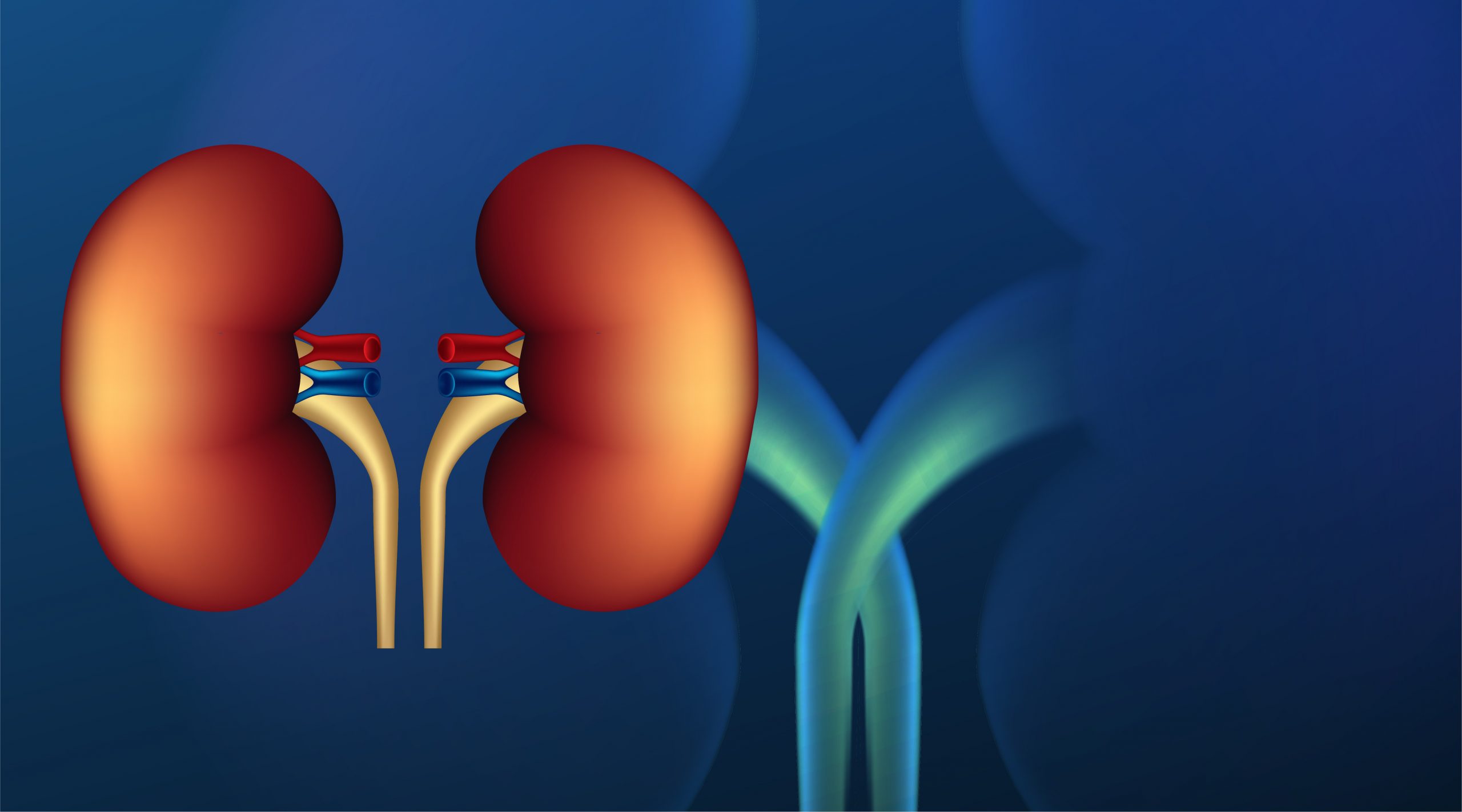

The UC Davis Comprehensive Cancer Center participated in a phase III clinical research to explore if the anti-cancer medication everolimus helped persons with kidney cancer. The clinical study findings revealed that many patients with kidney cancer survived for several years after undergoing surgery to remove the tumour.
The study also found that in a group of individuals at high risk of relapse, everolimus may have kept them cancer-free for a longer period of time. The findings were reported in The Lancet on July 28.
Primo “Lucky” Lara, Jr., Director of the Cancer Center, was a key investigator in the SWOG Cancer Research Network’s phase III S0931 experiment, better known as the EVEREST study.
Lara is SWOG’s deputy group chair and was recently appointed co-chair elect of the National Cancer Institute’s (NCI) cancer clinical trials group. Christopher W. Ryan, a SWOG investigator and professor of medicine at Oregon Health & Science University, led the study.
The study included patients from roughly 400 cancer centers around the country, including several from UC Davis Comprehensive Cancer Center. For 54 weeks, they were given 10 milligrams of oral everolimus or a placebo.
“Improvement was seen primarily in patients with very high-risk disease, while patients with intermediate high-risk disease saw no improvement,” Lara said. “This encouraging observation warrants further study. We must continue our work to discover and test new agents to improve outcomes in people with kidney cancer.”
Everolimus belongs to a class of drugs known as mTOR inhibitors, which prevent the growth of malignant cells.
Similar medicines are already being utilized to enhance the results of other cancer patients who have undergone surgery, including breast cancer patients.
The EVEREST trial enrolled 1,545 patients with intermediate high-risk or very high-risk renal cell carcinoma (cancer of the lining of the kidney tubes). Their cancer had all been medically removed with a partial or radical nephrectomy (kidney removal).
“Recurrence of cancer in these patients ranges from 2% to 40% following surgery,” Lara said. “It is important to test active new agents as part of clinical trials after their surgery and before their cancer returns and spreads.”
more recommended stories
 E-Cigarette Use and Heart Attack Risk in Former Smokers
E-Cigarette Use and Heart Attack Risk in Former SmokersKey Takeaways for Clinicians and Nurses.
 36-Week Pre-eclampsia Screening May Reduce Term Risk
36-Week Pre-eclampsia Screening May Reduce Term RiskA New Preventive Strategy for Term.
 Cardiovascular Risk and Sudden Cardiac Death in Diabetes
Cardiovascular Risk and Sudden Cardiac Death in DiabetesRising Sudden Cardiac Death (SCD) Risk.
 Poor Kidney Function and Alzheimer’s Biomarkers Explained
Poor Kidney Function and Alzheimer’s Biomarkers ExplainedPoor kidney function may influence levels.
 Walking Speed Before Hip Replacement Predicts Recovery
Walking Speed Before Hip Replacement Predicts RecoveryNew Evidence Points to a Simple,.
 Neuroblastoma Drug Combo Extends Survival in Models
Neuroblastoma Drug Combo Extends Survival in ModelsA Promising Shift in High-Risk Neuroblastoma.
 How Soybean Oil Impacts Weight Gain and Metabolism
How Soybean Oil Impacts Weight Gain and MetabolismWhy Soybean Oil May Affect Metabolism.
 Coffee and Cognitive Function: Evidence Review
Coffee and Cognitive Function: Evidence ReviewA new narrative review in Cureus.
 Colorectal Cancer Screening Rates Low in Adults 45–49
Colorectal Cancer Screening Rates Low in Adults 45–49Recent UCLA research reveals that colorectal.
 Gut Immune Cells and Long-Lasting Antiviral Protection.
Gut Immune Cells and Long-Lasting Antiviral Protection.Breakthrough Findings on How Gut Immune.

Leave a Comment